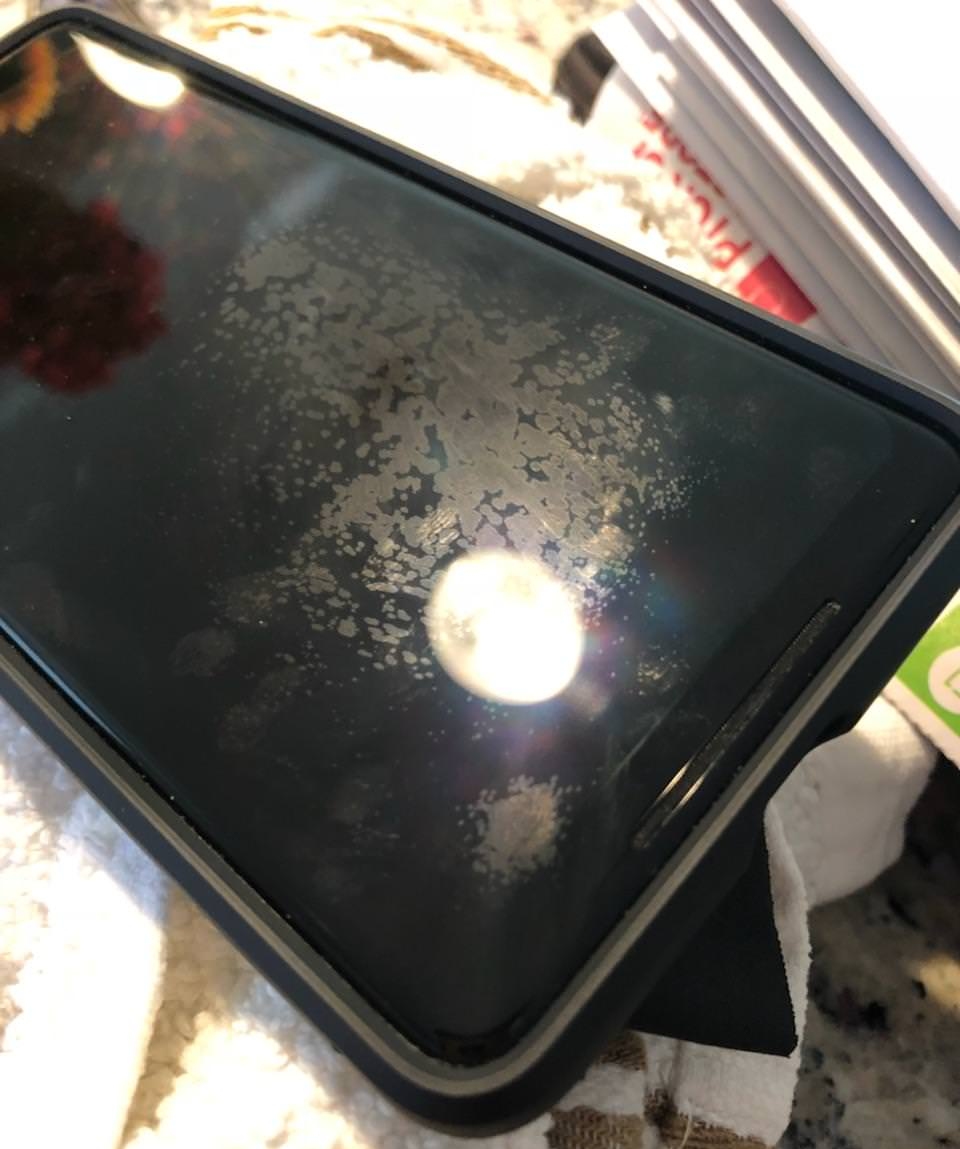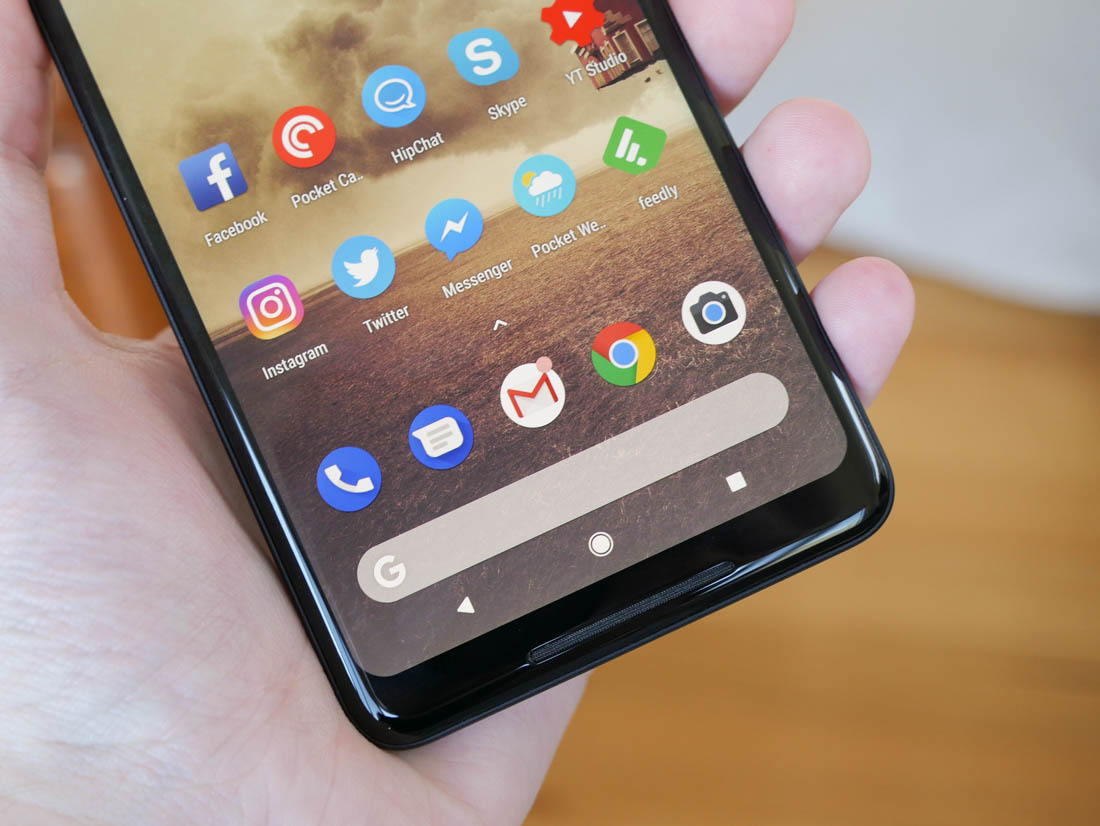Chime in: Have you experienced any issues with the oleophobic coating on your Pixel XL 2 or other Pixel-branded smartphone? Feel free to share your experiences in the comments section below - who knows, with enough chatter, maybe Google will feel compelled to properly address the issue.
Google's Pixel 2 XL has been riddled with issues from the get-go although fortunately, many of them have been remedied via software update. One particular shortcoming some users are experiencing won't disappear quite as easily and may not rear its ugly head until several months in.
Ryan Whitwam with Android Police recently shared his experience with the Pixel XL 2, a device he admittedly adores save for one glaring drawback. The phone's oleophobic coating is terrible.
First introduced on the iPhone 3GS, an oleophobic coating serves as a barrier between a phone's glass screen and the oils from your skin. Without the coating, fingerprints would be incredibly difficult to clean up but as you're no doubt familiar with, a quick wipe with a cloth removes most smudges from your phone with ease.

(Image courtesy ridobe, Reddit)
Virtually every smartphone shipping today features an oleophobic coating although it's often not touted in the specs list due to the fact that it is so commonplace.
The problem with Whitwam's Pixel 2 XL - and others online - seems to be with the coating's durability. In short, it's wearing off far faster than it should.
The Pixel 2 XL launched in mid-October 2017, or just over eight months ago. Even without using the device full-time, Whitwam's handset and several others in use by the AP staff are showing heavy signs of wear as fingerprints are now smearing instead of wiping away cleanly.
Whitwam reached out to Google and received the following statement on the matter:
"We use a high quality oleophobic coating comparable with other premium smartphones, and we put all of our products through extensive reliability testing during development and in the manufacturing process. The Pixel 2 coating performs according to industry standards, which means that it is susceptible to wear over time, with variation based on usage."
The only recourse at the time seems to be to use a screen protector to preserve what's left of the oleophobic coating or eat the cost, replace the screen and potentially have to do the same thing less than a year later.
